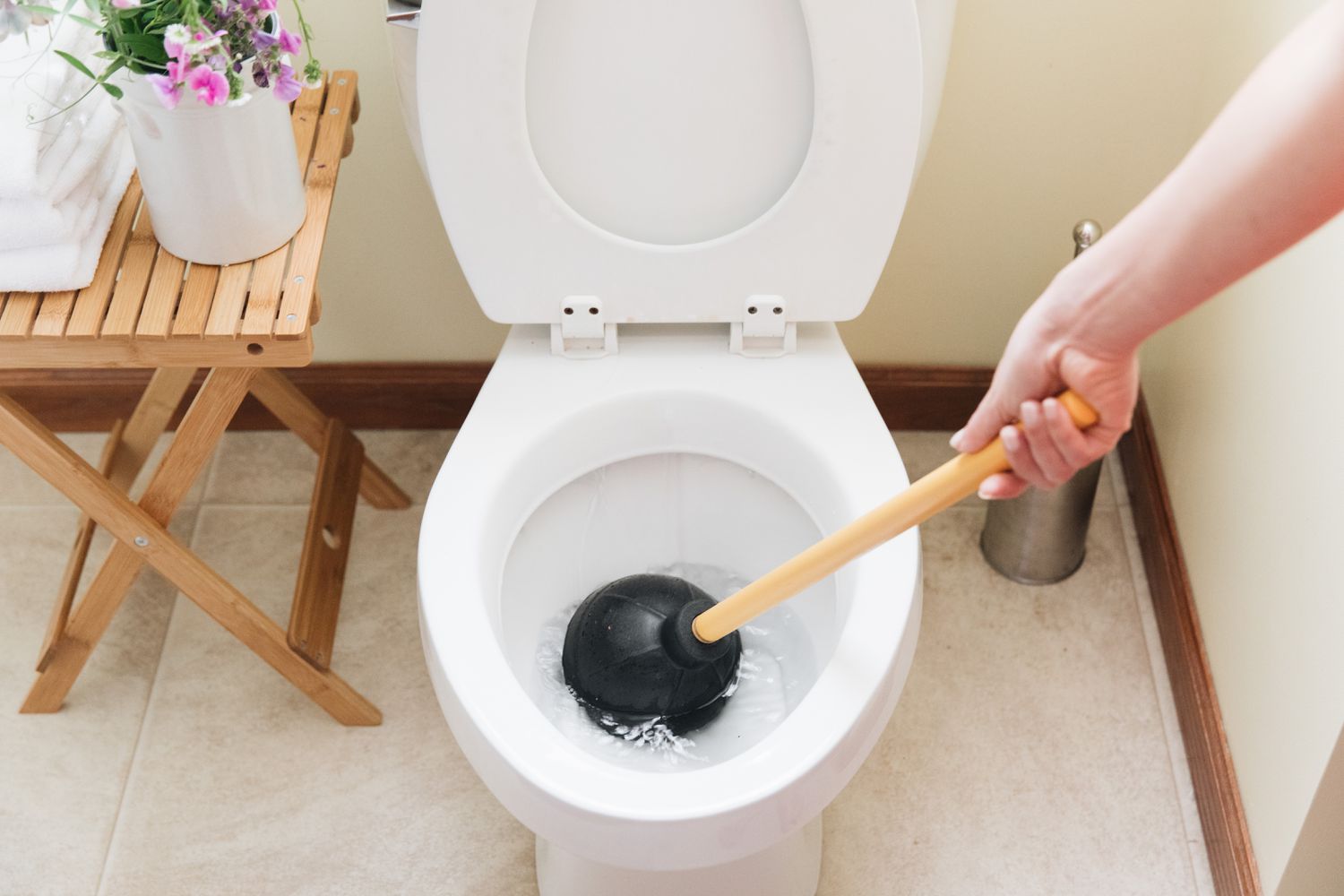

Articles
Why Does My Toilet Keep Clogging
Modified: January 6, 2024
Discover helpful articles on why your toilet keeps clogging and learn how to solve this frustrating issue effectively.
(Many of the links in this article redirect to a specific reviewed product. Your purchase of these products through affiliate links helps to generate commission for Storables.com, at no extra cost. Learn more)
Introduction
Dealing with a constantly clogged toilet can be frustrating and inconvenient. Every time you flush, instead of a smooth and efficient flow of water, you’re left with a stubborn blockage that refuses to go away. So, why does your toilet keep clogging? In this article, we will explore the common causes of toilet clogs and discuss preventive measures you can take to avoid future plumbing headaches.
First and foremost, it’s important to understand that toilets are designed to handle specific waste and toilet paper. Anything beyond that can disrupt the natural flow of water and cause clogs. Let’s dive deeper into some of the common reasons your toilet may be prone to clogging.
Key Takeaways:
- Regular maintenance, proper waste disposal, and informed choices are key to preventing toilet clogs and ensuring a hassle-free bathroom experience.
- Upgrading to a high-efficiency toilet with a larger trapway and improved flushing mechanisms can significantly reduce the risk of clogs and conserve water.
Read more: Why My Toilet Keeps Running
Common Causes of Toilet Clogs
There are several factors that can contribute to frequent toilet clogs. Understanding these causes will help you identify the root of the problem and take necessary steps to prevent future blockages. Here are some of the most common reasons why toilets clog:
- Inadequate water flow: Insufficient water volume can make it difficult for waste to move through the drainage pipe. This can happen due to low water pressure, partially closed water supply valve, or a faulty flush mechanism. Ensuring that your toilet has proper water flow is essential in preventing clogs.
- Low-quality toilet paper: Cheap and low-quality toilet paper doesn’t dissolve easily in water. When large amounts of it are flushed down the toilet, it can accumulate and create blockages. Opt for high-quality, septic-safe toilet paper to minimize the risk of clogs.
- Flushing inappropriate items: Flushing items other than toilet paper and bodily waste is a common cause of clogs. Items like sanitary napkins, baby wipes, cotton balls, dental floss, and even small toys should never be flushed down the toilet. They can get stuck in the pipes and cause clogs.
- Mineral build-up in the pipes: Over time, mineral deposits, such as limescale, can accumulate in the toilet’s drainage pipes. This build-up reduces the diameter of the pipe, making it more prone to clogging. Regular cleaning and descaling of the pipes can help prevent mineral build-up.
- Faulty toilet design or installation: In some cases, the issue could be due to a faulty toilet design or improper installation. A toilet with an improperly sized trapway, narrow pipes, or incorrect slope can contribute to frequent clogs. Consulting a professional plumber can help identify and rectify any design or installation issues.
By understanding the common causes of toilet clogs, you can take proactive steps to address them and minimize the chances of future blockages. In the next section, we will discuss preventive measures you can implement to keep your toilet running smoothly.
Inadequate Water Flow
One of the common causes of toilet clogs is inadequate water flow. When there isn’t enough water volume in the toilet bowl, waste and toilet paper may not be able to flush away properly, leading to clogs. Several factors can contribute to a decrease in water flow:
- Low water pressure: If the water pressure in your plumbing system is low, it can affect the force with which water flows into the toilet bowl when you flush. This can result in incomplete waste removal and increase the chances of clogs. Contact your water provider to check if there are any issues with the water pressure in your area.
- Partially closed water supply valve: The water supply valve, usually located near the base of the toilet, regulates the flow of water into the tank. If the valve isn’t fully open, it restricts the water flow, leading to weak flushing power and potential clogs. Ensure that the water supply valve is fully open to allow for adequate water flow.
- Faulty flush mechanism: The flushing mechanism inside the toilet tank, which includes the flapper and flush valve, can get worn out or misaligned over time. This can disrupt the proper flow of water from the tank to the bowl, resulting in ineffective flushing and increased clogging risk. If you notice any issues with the flush mechanism, consider repairing or replacing it.
To prevent inadequate water flow and reduce the likelihood of toilet clogs, here are a few steps you can take:
- Check the water pressure: If you suspect that low water pressure is causing inadequate flushing, contact your water provider to check and address any issues. In some cases, installing a pressure booster pump can help improve water flow.
- Ensure the water supply valve is fully open: Check that the water supply valve near the base of the toilet is fully open. If it’s only partially open, turn it clockwise until it’s completely open to allow for optimal water flow.
- Inspect and maintain the flush mechanism: Regularly inspect the flush mechanism inside the toilet tank. Ensure that the flapper is functioning properly and sealing tightly. If there are any signs of damage or misalignment, consider replacing the flapper or the entire flush mechanism.
By addressing inadequate water flow issues, you can significantly reduce the chances of toilet clogs and ensure that your toilet operates efficiently. In the next section, we will discuss another common cause of toilet clogs: low-quality toilet paper.
Low-Quality Toilet Paper
Believe it or not, the type of toilet paper you use can contribute to frequent toilet clogs. Low-quality toilet paper is often thicker, less absorbent, and doesn’t break down as quickly in water. When large amounts of this type of toilet paper are flushed down the toilet, it can accumulate and create blockages in the pipes. Here are the reasons why low-quality toilet paper can lead to clogs:
- Thickness: Low-quality toilet paper is typically thicker and denser than higher-quality brands. The thickness makes it difficult for the paper to break down easily in water, increasing the chances of clogs occurring.
- Less absorbent: Some low-quality toilet papers are less absorbent, meaning they tend to stay intact rather than breaking down when immersed in water. This resistance to breaking down increases the likelihood of clogs forming in the plumbing system.
- Dissolvability: Lower-quality toilet paper is often slower to dissolve in water. The slower the paper breaks apart, the higher the chances of it clogging the pipes, especially in older plumbing systems or those with smaller diameter pipes.
To minimize the risk of toilet clogs caused by low-quality toilet paper, here are a few tips to keep in mind:
- Choose septic-safe toilet paper: Look for toilet paper that is labeled as septic-safe or designed to break down easily in water. These types of toilet paper are typically more biodegradable and dissolve more quickly, reducing the chances of clogs.
- Avoid ultra-thick toilet paper: Steer clear of toilet paper that is excessively thick or layered. Opt for thinner, yet still absorbent, toilet paper that is designed to break down easily.
- Use a reasonable amount of toilet paper: A common mistake that leads to clogs is using excessive amounts of toilet paper during each use. Remember to use a reasonable amount that can be easily flushed away without overwhelming the plumbing system.
By being mindful of the quality and composition of your toilet paper, you can significantly reduce the occurrence of toilet clogs. In the next section, we will explore another potential cause of clogs: flushing inappropriate items down the toilet.
Flushing Inappropriate Items
One of the most common reasons for toilet clogs is the flushing of inappropriate items. While toilets are designed to handle specific waste and toilet paper, many people mistakenly believe that they can flush various items down the toilet without consequences. However, flushing anything other than toilet paper and bodily waste can lead to blockages in the plumbing system. Here are some examples of items that should never be flushed down the toilet:
- Sanitary products: Items such as sanitary napkins, tampons, and applicators should never be flushed down the toilet. These items are not designed to break down in water and can quickly create clogs in the pipes.
- Baby wipes and wet wipes: While they may be labeled as “flushable,” baby wipes and wet wipes do not break down like toilet paper. They can easily become tangled and form clumps, leading to blockages in the plumbing system.
- Cotton balls and swabs: Cotton balls, cotton swabs, and similar items should always be disposed of in the trash. These small items can get caught in the pipes, causing clogs and potentially damaging the plumbing system.
- Dental floss: Dental floss is not biodegradable and can wrap around other debris in the pipes, creating a tangled mess that can cause clogs. It should always be discarded in the trash.
- Small toys or objects: Children may sometimes accidentally drop small toys or objects into the toilet. These items can easily get lodged in the pipes, leading to clogs that may require professional assistance to remove.
To prevent toilet clogs caused by flushing inappropriate items, it’s crucial to educate everyone in your household about what can and cannot be flushed. Consider placing a clearly marked bin in the bathroom for these types of items to ensure they are disposed of properly.
Remember, the only things that should be flushed down the toilet are human waste and toilet paper. By following this simple rule, you can avoid unnecessary clogs and keep your plumbing system running smoothly. In the next section, we will discuss another potential cause of toilet clogs: mineral build-up in the pipes.
Read more: Why Does My Plumbing Keep Backing Up
Mineral Build-Up in the Pipes
Over time, minerals found in water, such as calcium and magnesium, can accumulate and cause build-up in the pipes. This mineral build-up, commonly known as limescale or scale, can restrict the flow of water and contribute to frequent toilet clogs. Here’s how mineral build-up can lead to plumbing issues:
- Pipe narrowing: As minerals deposit and build up on the inside of the pipes, they can reduce the diameter of the pipe. This narrowing makes it more difficult for waste and water to flow through smoothly, increasing the chances of clogs.
- Obstruction formation: Limescale deposits can create rough surfaces inside the pipes, providing an ideal environment for other debris, grease, and waste to cling to. This combination of substances can form obstructions that block the flow of water and lead to toilet clogs.
- Reduced water pressure: Mineral build-up can also affect the water pressure in your plumbing system. When the pipes are partially or completely obstructed by limescale, it can result in reduced water flow, inefficient flushing, and increased clogging risk.
To prevent and minimize mineral build-up in the pipes, consider the following preventive measures:
- Regular cleaning and descaling: Schedule regular maintenance to clean and descale your plumbing pipes. There are various commercial descaling products available that can dissolve and remove mineral deposits from the pipes.
- Water softening: If you live in an area with hard water, where mineral content is high, installing a water softener can be beneficial. Water softeners remove minerals, reducing the chances of limescale build-up in the pipes.
- Reducing heat: High water temperatures can accelerate mineral build-up. Consider lowering the water temperature in your water heater to prevent excessive scaling. Be sure to follow manufacturer’s instructions and guidelines for safe water temperature settings.
By taking proactive steps to prevent mineral build-up, you can maintain healthy water flow, reduce the risk of toilet clogs, and prolong the lifespan of your plumbing system. In the next section, we will explore how faulty toilet design or installation can contribute to frequent toilet clogs.
To prevent toilet clogs, avoid flushing anything other than toilet paper and human waste. Use a plunger or plumbing snake to clear minor clogs. If clogs persist, consider having a professional inspect the plumbing system for any underlying issues.
Faulty Toilet Design or Installation
Sometimes, the frequent clogging of your toilet may be attributed to a faulty toilet design or improper installation. While toilets are generally designed to efficiently flush waste, there are certain factors that can contribute to increased clogging. Some issues related to faulty toilet design or installation include:
- Trapway size: The trapway is the curved channel inside the toilet that carries waste from the bowl to the plumbing system. If the trapway is too narrow or poorly designed, it can create a bottleneck and increase the likelihood of clogs. Larger trapways are generally more effective at preventing blockages.
- Pipe diameter: Inadequate pipe diameter from the toilet to the sewer line can cause inefficient waste removal. Smaller pipe sizes can result in reduced water flow and potentially lead to clogs. Optimal pipe sizing is crucial for efficient flushing and drainage.
- Slope: The toilet’s drain pipe should have the proper slope to ensure gravity effectively carries waste away. If the slope is too steep or not enough, it can prevent waste from flowing smoothly through the pipes, resulting in frequent clogs.
- Improper installation: Incorrect installation of the toilet, including the flange, sealing, and wax ring, can cause problems. A faulty installation can result in leaks, loose connections, and improper seating, all of which can contribute to clogs and frequent issues.
If you suspect that your toilet’s design or installation is causing frequent clogs, it’s advisable to consult a professional plumber. They can assess the situation and make necessary recommendations or adjustments to resolve the issue.
In some cases, upgrading to a toilet with a better design, larger trapway, or improved flushing mechanism may be necessary. Professional guidance will ensure proper installation and alignment, reducing the chances of future clogs.
By addressing any faulty design or installation issues, you can prevent frequent toilet clogs and ensure efficient waste removal. In the next section, we will discuss methods to prevent toilet clogs through regular maintenance and cleaning.
Methods to Prevent Toilet Clogs
Preventing toilet clogs is essential for maintaining a properly functioning plumbing system and avoiding the inconvenience and expense of dealing with frequent blockages. Here are some effective methods you can implement to prevent toilet clogs:
- Regular maintenance and cleaning: One of the most important steps to prevent clogs is to maintain a cleaning routine for your toilet. Regularly clean the bowl, including the underside of the rim and the siphon jets, to remove any build-up or residue that can contribute to clogs. Use a toilet brush and appropriate cleaning agents to ensure thorough cleaning.
- Upgrading to a high-efficiency toilet: Consider upgrading to a high-efficiency toilet model that is specifically designed to reduce the risk of clogs. These toilets typically have larger trapways, improved flushing mechanisms, and efficient water flow to ensure smooth waste removal.
- Proper disposal of waste: Only flush human waste and toilet paper down the toilet. Dispose of all other items, such as sanitary products, cotton balls, and wipes, in the trash. Educate everyone in your household about proper flushing practices to avoid clogs caused by flushing inappropriate items.
- Use a plunger: Keep a plunger handy in case of minor clogs. Plunging can help dislodge small blockages and restore proper water flow. Make sure to use the plunger correctly by creating a tight seal and using a gentle yet forceful motion.
- Avoid excessive use of chemical cleaners: While chemical cleaners can be effective in removing clogs, they can also damage your plumbing system if used excessively. Avoid relying solely on chemical cleaners and use them sparingly when necessary.
- Frequent visual inspections: Periodically check the toilet bowl and tank for any signs of leaks, cracks, or damage. Addressing these issues promptly can prevent larger problems down the line and minimize the risk of clogs.
- Consider installing a drain screen: A drain screen is a small device that sits over the drain opening in the toilet bowl. It helps catch any small objects or debris that may accidentally fall into the toilet, preventing them from going down the drain and causing clogs.
By following these preventive measures, you can significantly reduce the likelihood of toilet clogs and maintain a smoothly operating plumbing system. Remember that prevention is key when it comes to avoiding plumbing issues. In the next section, we will conclude our discussion with a summary of the main points covered in this article.
Regular Maintenance and Cleaning
Regular maintenance and cleaning is crucial for preventing toilet clogs and ensuring the proper functioning of your plumbing system. By incorporating simple cleaning and maintenance routines into your household chores, you can reduce the risk of blockages and keep your toilet running smoothly. Here are some key steps to follow for regular maintenance and cleaning:
- Clean the toilet bowl: Use a toilet brush and a mild cleaning agent to clean the inside of the bowl thoroughly. Pay attention to the underside of the rim and the siphon jets, where mineral deposits and grime tend to accumulate. Regular cleaning helps remove any build-up and maintains a hygienic toilet environment.
- Check for leaks: Periodically inspect the toilet bowl and tank for any signs of leaks or drips. A leaky toilet can lead to continuous water flow, which not only wastes water but also increases the chance of clogs. If you notice any leaks, promptly fix them or seek professional assistance if needed.
- Keep the flapper and flush valve clean: The flapper and flush valve inside the toilet tank are essential components of the flushing mechanism. Ensure they are clean and free from any debris or mineral build-up that can hinder their proper operation. If necessary, clean or replace these parts to maintain efficient flushing.
- Inspect the fill valve and water supply connection: Check the fill valve, which controls the amount of water entering the tank, and ensure it is functioning properly. Also, examine the connection between the water supply line and the toilet tank to ensure it is secure and not leaking. Address any issues with the fill valve or water supply connection promptly.
- Maintain proper water levels: The water level in the toilet tank should be adjusted to the manufacturer’s recommended level. If the water level is too high or too low, it can impact the flushing efficiency and increase the risk of clogs. Adjust the water level using the float or fill valve as needed.
- Use natural cleaning solutions: Consider using natural cleaning solutions, such as vinegar or baking soda, for regular cleaning. These alternatives are effective at removing mineral deposits and grime without the harsh chemicals found in conventional cleaners. They are also environmentally friendly.
- Monitor toilet paper usage: Encourage household members to use an appropriate amount of toilet paper during each use. Excessive use of toilet paper can overwhelm the plumbing system and contribute to clogs. Remind everyone to use a reasonable amount and to flush only toilet paper and waste down the toilet.
By incorporating regular maintenance and cleaning into your household routine, you can significantly reduce the chances of experiencing toilet clogs. It’s advisable to establish a cleaning schedule and stick to it to ensure consistent maintenance. Remember, prevention is key when it comes to maintaining a well-functioning toilet and plumbing system.
In the next section, we will conclude our discussion with a summary of the main points covered in this article.
Read more: How To Keep Toilet From Clogging
Upgrading to a High-Efficiency Toilet
If you’re experiencing frequent toilet clogs, one effective solution is to consider upgrading to a high-efficiency toilet. These modern toilet models are specifically designed to reduce the risk of clogs and improve water efficiency. Here’s why upgrading to a high-efficiency toilet can be beneficial:
- Larger trapway: High-efficiency toilets feature larger trapways, which are the channels that carry waste from the bowl to the plumbing system. The increased size of the trapway allows for more efficient waste removal and reduces the likelihood of clogs.
- Improved flushing mechanisms: High-efficiency toilets are equipped with advanced flushing systems, such as pressure-assisted flushing or dual-flush mechanisms. These mechanisms provide powerful and efficient flushing, ensuring that waste and toilet paper are effectively cleared from the bowl with each flush.
- Water-saving features: High-efficiency toilets are designed to use significantly less water per flush compared to traditional toilets. This water-saving feature not only helps conserve water but also reduces the amount of water that needs to flow through the pipes, minimizing the risk of clogs.
- Eco-friendly: By upgrading to a high-efficiency toilet, you contribute to a more sustainable environment. These toilets help conserve water resources, reduce strain on wastewater treatment plants, and lower your water consumption and utility bills.
- Durability and longevity: High-efficiency toilets are often built with high-quality materials and advanced technology, making them more durable and long-lasting. Investing in a reliable toilet model reduces the chances of encountering clogs or other plumbing issues in the future.
- Wide range of design options: High-efficiency toilets come in various styles, designs, and finishes, allowing you to choose one that matches your bathroom decor. You don’t have to compromise aesthetics for performance when selecting a high-efficiency toilet.
When shopping for a high-efficiency toilet, look for models that have earned the WaterSense label, which indicates that they meet the Environmental Protection Agency’s water efficiency and performance standards. Consulting with a plumbing professional can also help you select the right toilet model based on your specific needs and plumbing system requirements.
By upgrading to a high-efficiency toilet, you not only reduce the risk of clogs but also contribute to water conservation and a more sustainable future. In the next section, we will discuss the importance of proper waste disposal to prevent toilet clogs.
Proper Disposal of Waste
To prevent toilet clogs and maintain a smoothly functioning plumbing system, it’s essential to practice proper waste disposal. Flushing only human waste and toilet paper down the toilet is crucial for preventing blockages and ensuring efficient waste removal. Here are some key points to consider regarding proper waste disposal:
- Flush only human waste and toilet paper: The toilet is designed to handle human waste and toilet paper, which are specifically engineered to break down quickly in water. Avoid flushing any other materials, including items like sanitary products, wipes, cotton balls, dental floss, or small toys. These items can easily get stuck in the pipes and cause clogs.
- Use an appropriate amount of toilet paper: It’s important to use a reasonable amount of toilet paper during each use. Excessive use can overwhelm the plumbing system and increase the likelihood of clogs. Remember that a few squares of toilet paper are usually sufficient for most tasks.
- Properly dispose of other items: Dispose of non-flushable items, such as sanitary products, wipes, dental floss, and cotton swabs, in the trash. Make sure everyone in your household understands what can and cannot be flushed down the toilet to avoid accidental flushing of inappropriate items.
- Consider a waste bin in the bathroom: Placing a clearly marked waste bin in the bathroom is a practical solution. Encourage everyone to use the bin for disposing of items that should not be flushed down the toilet. This helps minimize the risk of clogs and promotes responsible waste disposal.
- Educate household members: Take the time to educate all household members about proper waste disposal practices. Teach children about the importance of not flushing toys or other objects down the toilet. By instilling good habits, you can prevent many potential sources of toilet clogs.
Proper waste disposal is a simple yet effective way to prevent toilet clogs and maintain a well-functioning plumbing system. By following these guidelines, you can reduce the risk of blockages and avoid unnecessary plumbing issues. In the next section, we will summarize the main points discussed in this article.
Conclusion
Dealing with a constantly clogged toilet can be frustrating and inconvenient. However, by understanding the common causes of toilet clogs and implementing preventive measures, you can minimize the risk of blockages and keep your plumbing system running smoothly. In this article, we examined some of the major factors that contribute to toilet clogs.
Inadequate water flow, often caused by low water pressure or a partially closed water supply valve, can impede the proper flushing of waste. Using low-quality toilet paper that doesn’t dissolve easily in water can also lead to clogs. Flushing inappropriate items, such as sanitary products or cotton balls, can create blockages in the pipes. Additionally, mineral build-up in the pipes and faulty toilet design or installation can contribute to frequent clogs.
To prevent toilet clogs, regular maintenance and cleaning are essential. This includes cleaning the toilet bowl, checking for leaks, and inspecting and maintaining various components of the toilet. Upgrading to a high-efficiency toilet, which features a larger trapway and improved flushing mechanisms, can also help prevent clogs and conserve water.
Proper waste disposal is another key aspect of preventing toilet clogs. Flushing only human waste and toilet paper down the toilet, using an appropriate amount of toilet paper, and ensuring the proper disposal of non-flushable items are crucial in maintaining a well-functioning plumbing system.
By following these preventive measures, you can significantly reduce the occurrence of toilet clogs and enjoy a hassle-free and efficient bathroom experience. Remember, when it comes to preventing clogs, regular maintenance, proper waste disposal practices, and making informed choices can go a long way in keeping your toilet running smoothly.
Frequently Asked Questions about Why Does My Toilet Keep Clogging
Was this page helpful?
At Storables.com, we guarantee accurate and reliable information. Our content, validated by Expert Board Contributors, is crafted following stringent Editorial Policies. We're committed to providing you with well-researched, expert-backed insights for all your informational needs.
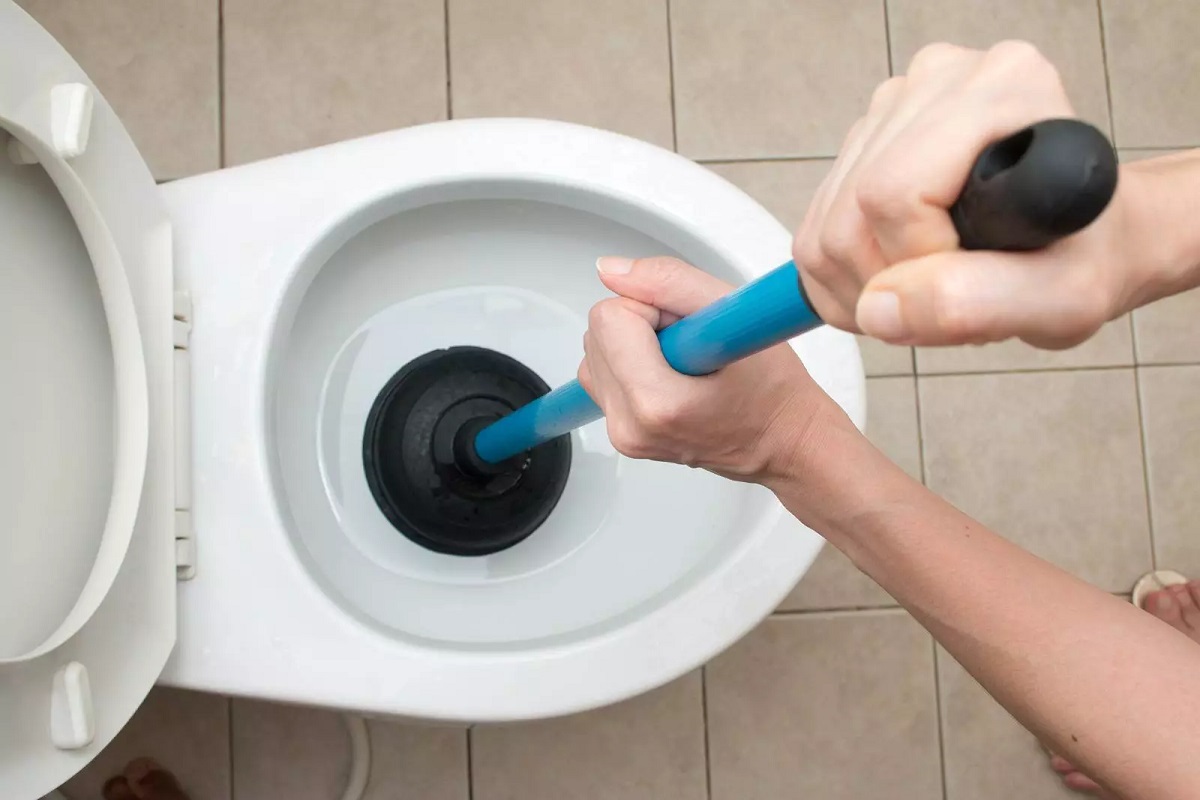
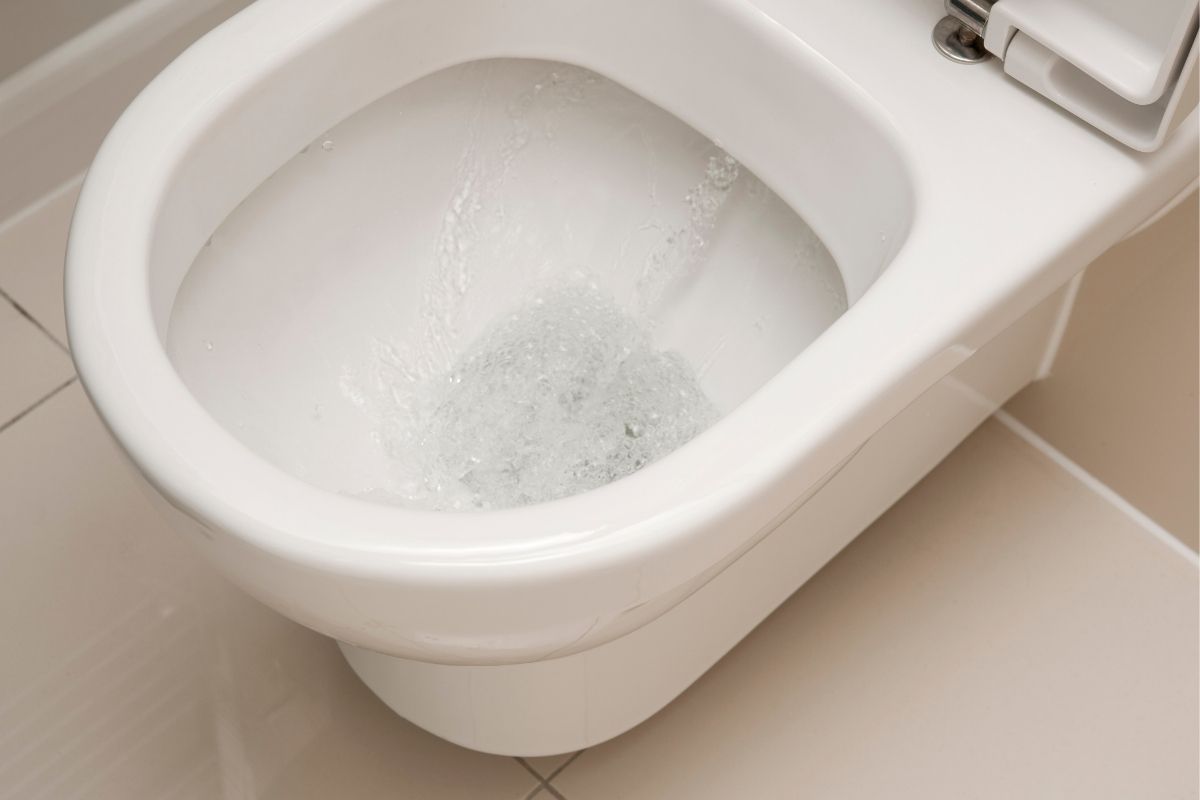

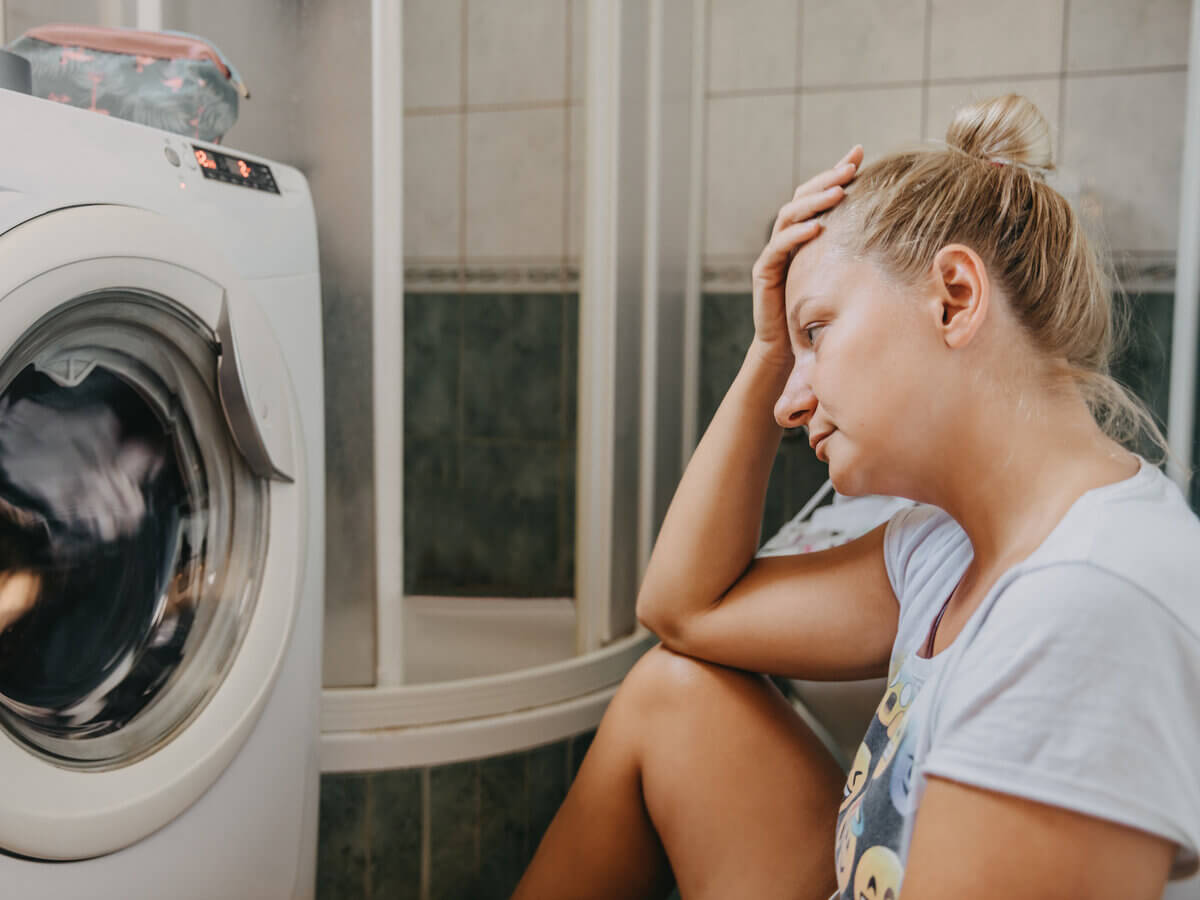
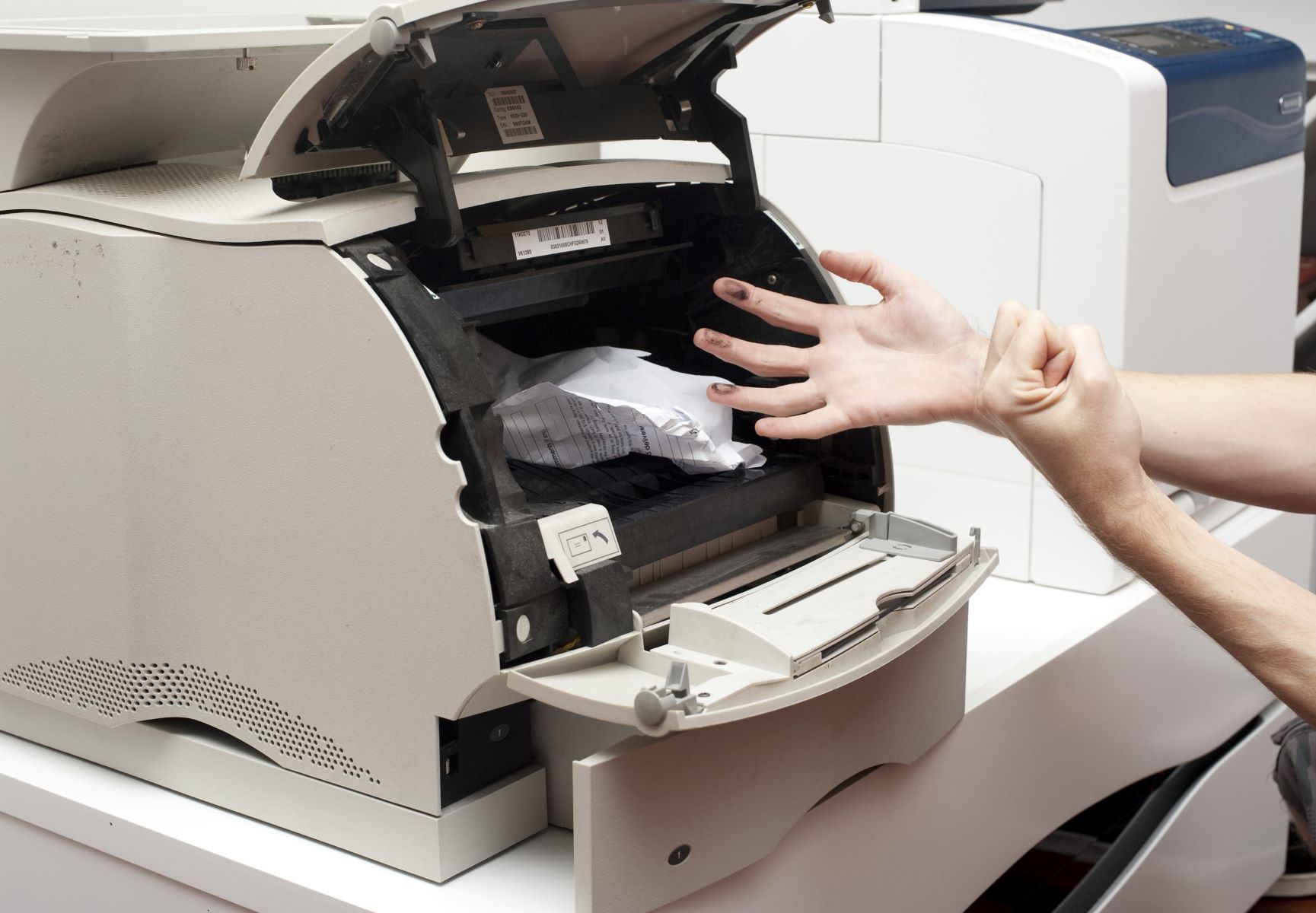
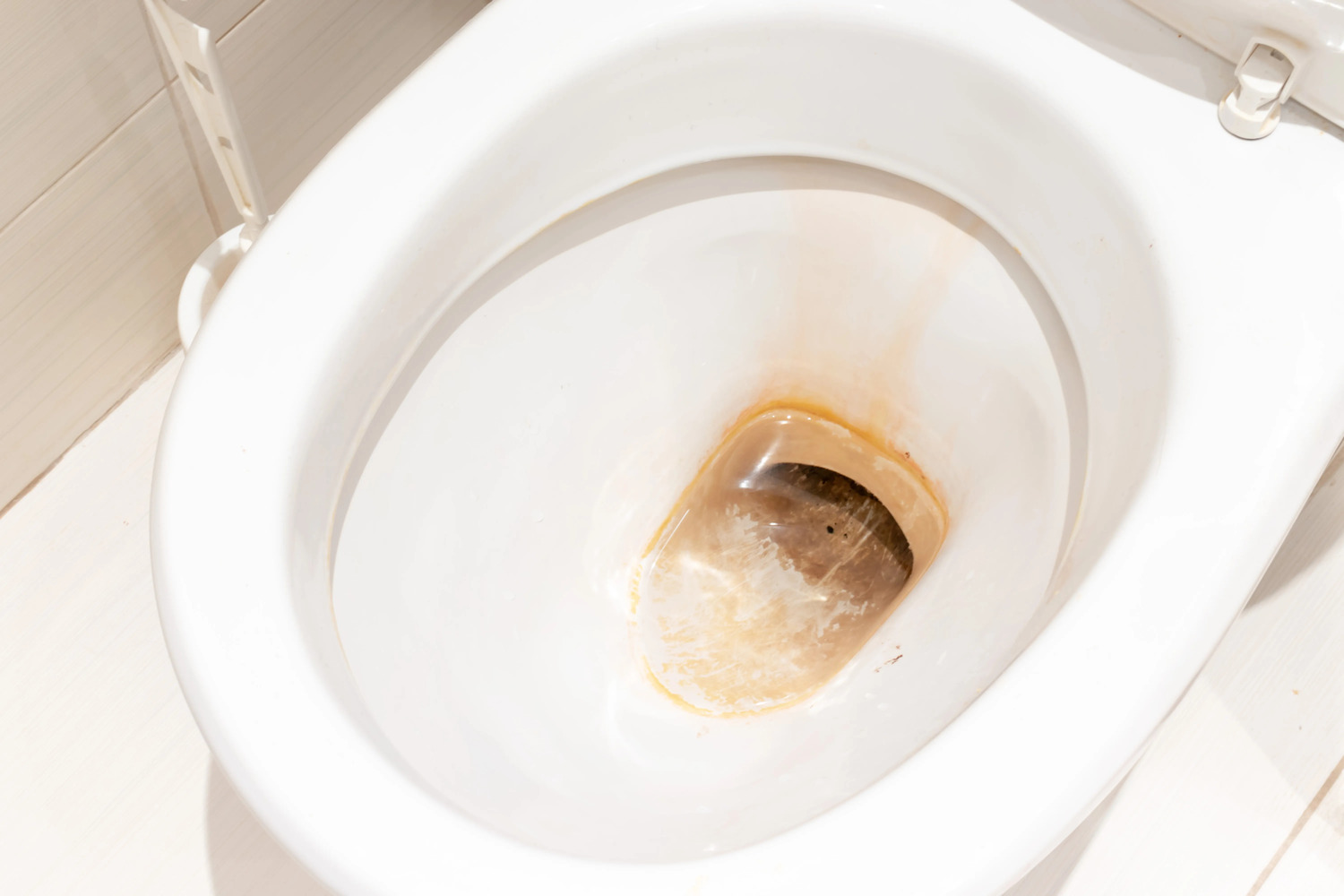
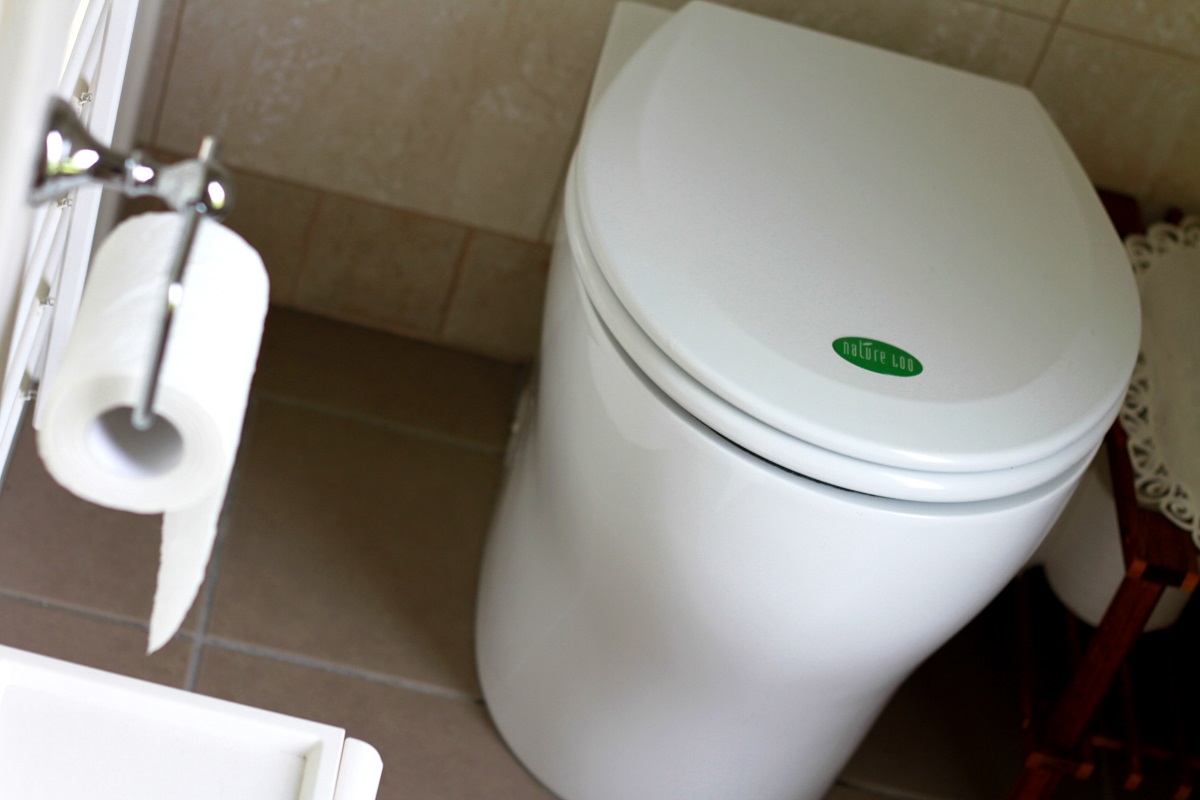
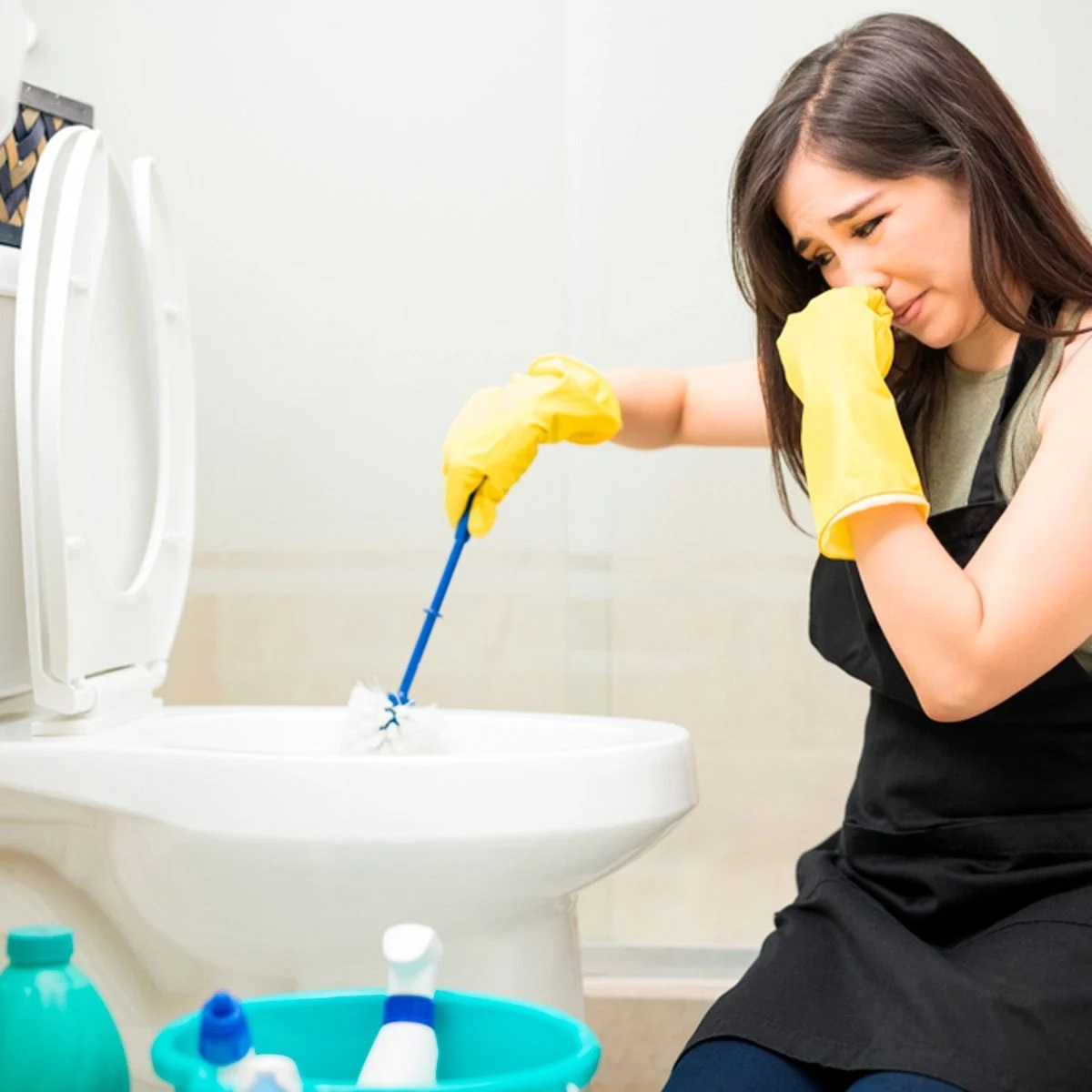
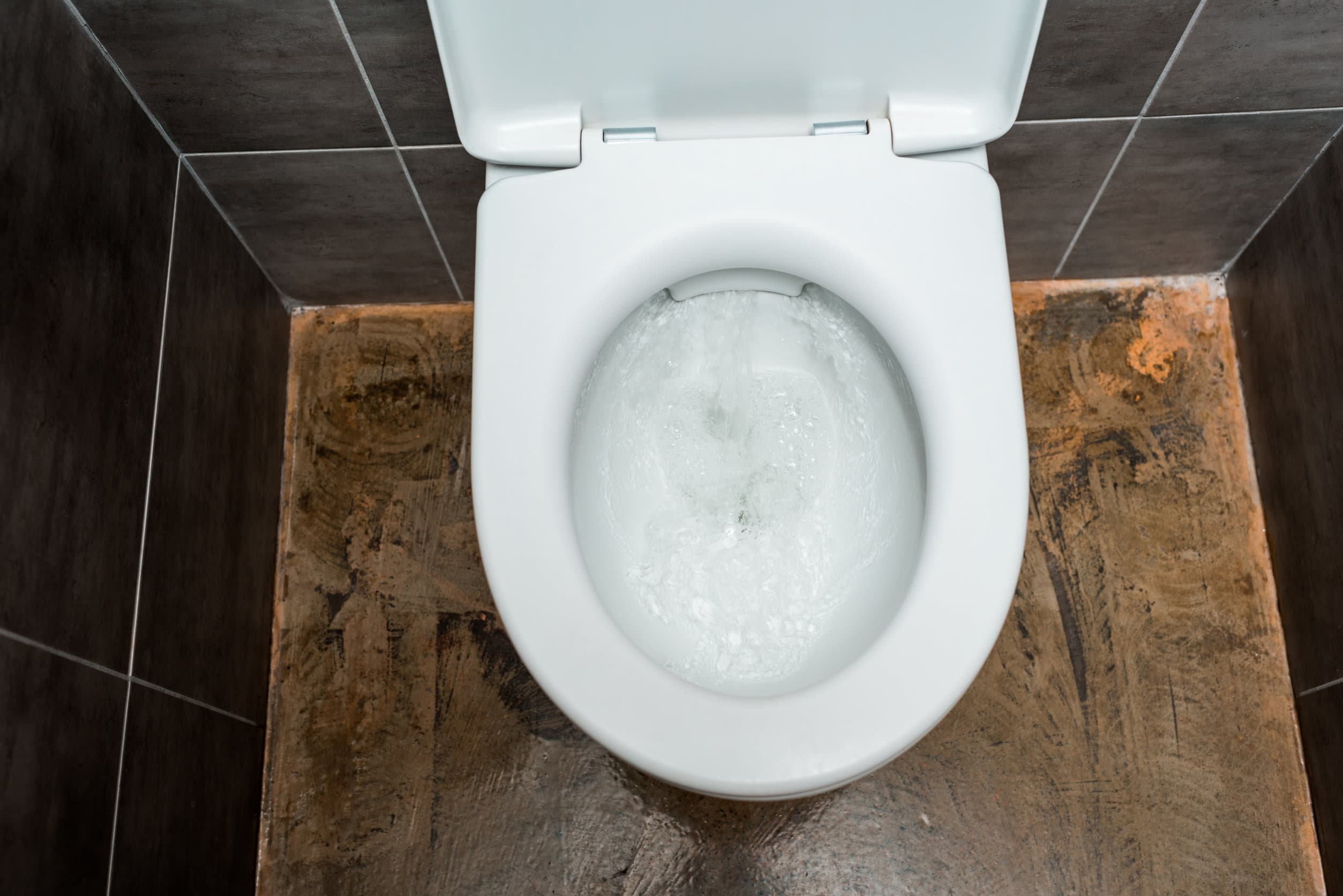
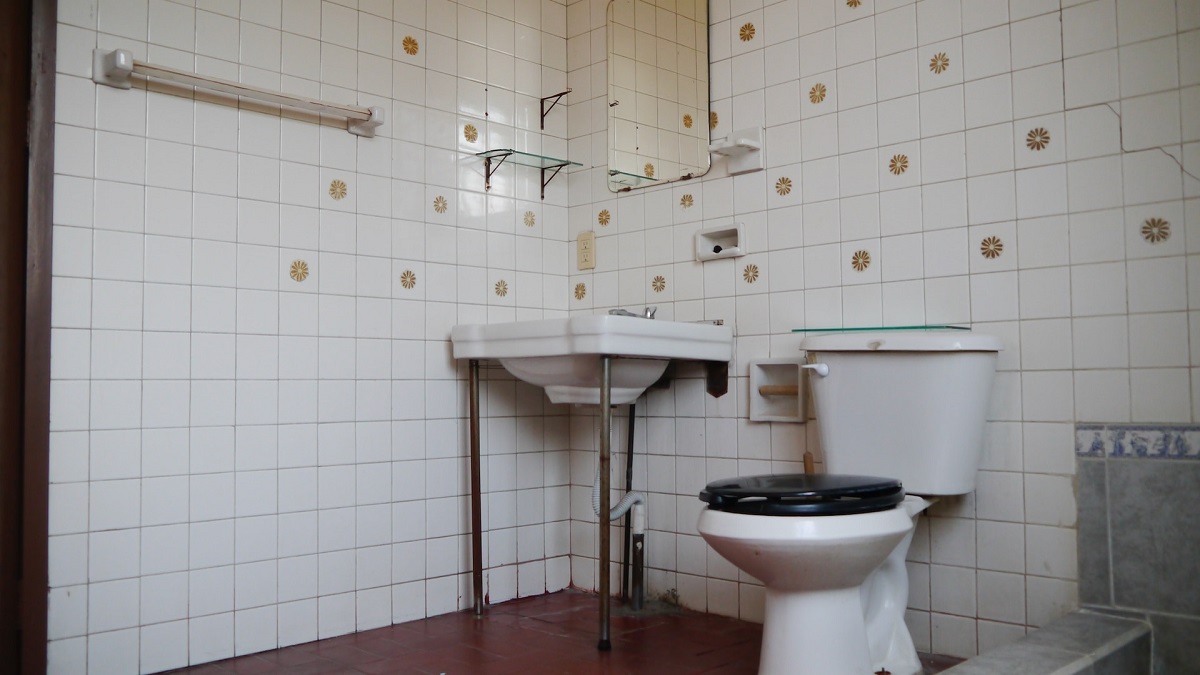
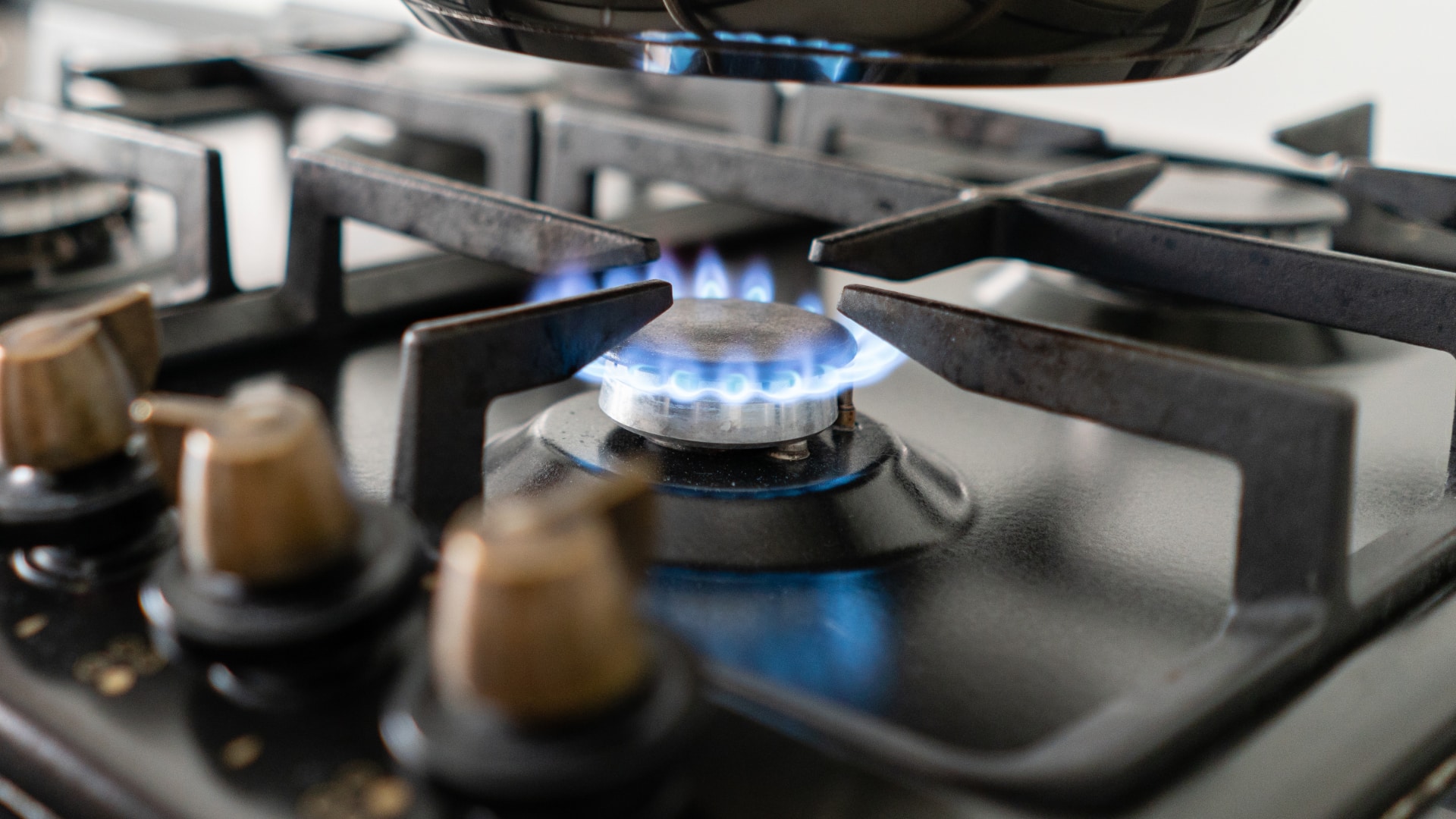



0 thoughts on “Why Does My Toilet Keep Clogging”